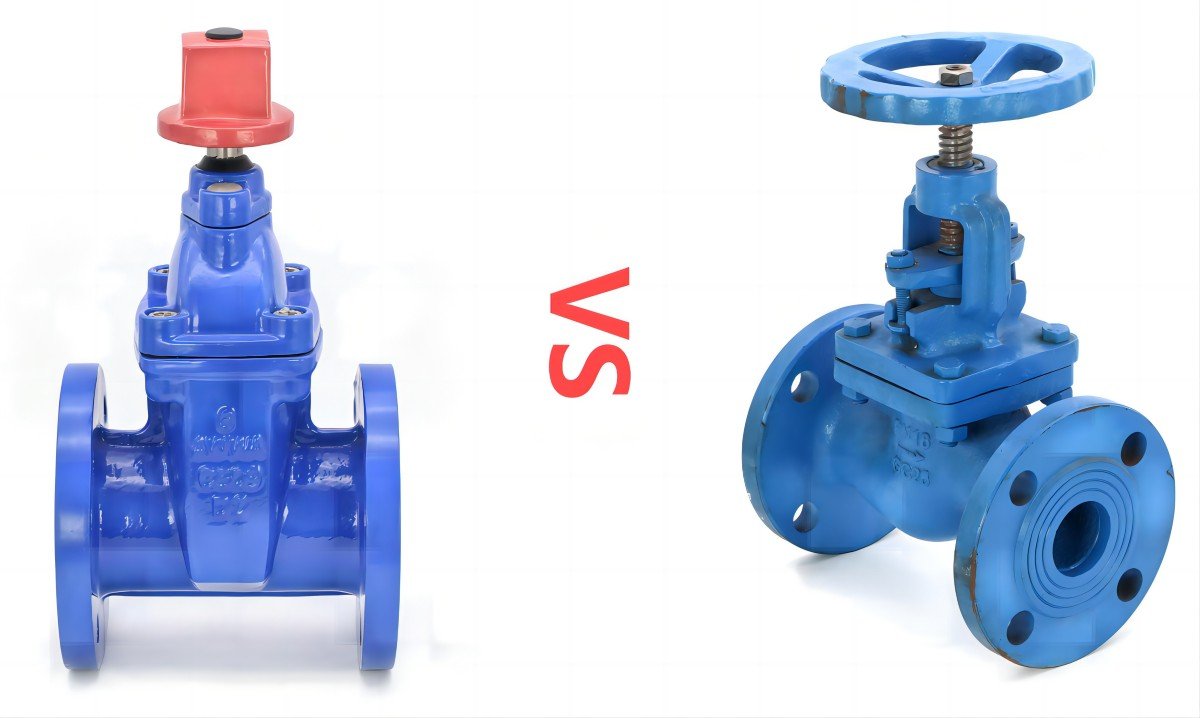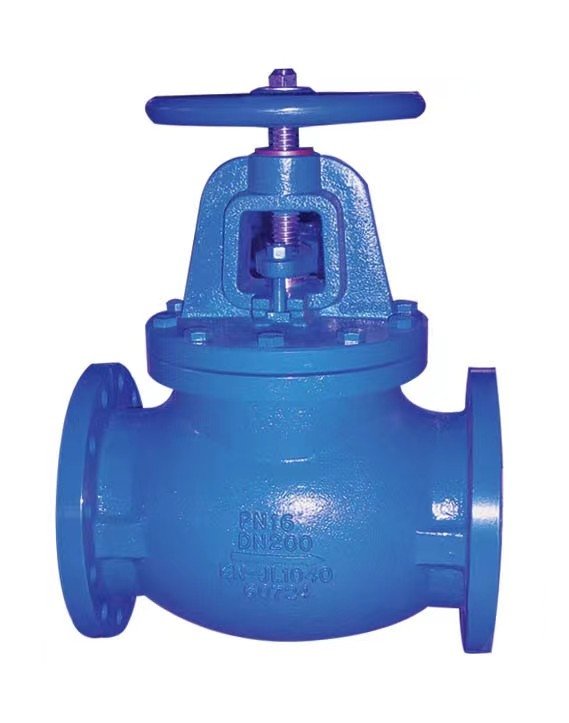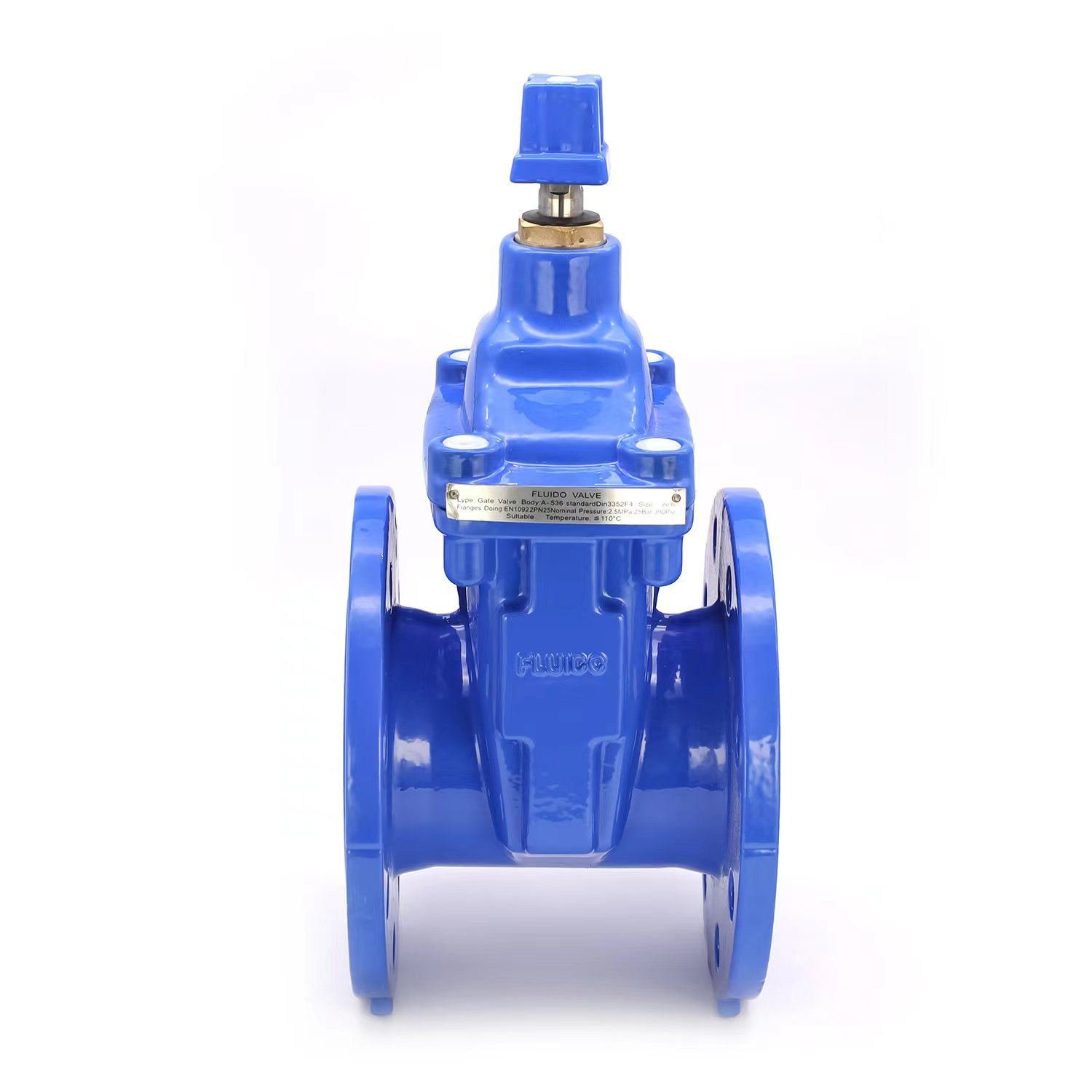Export Office: 21Floor, No.5 Nanhai Zhi Road,Qingdao, Shandong ,China
Work Shop: Beian Industrial zone, Qingdao,Shandong,China
+86 532 88256399
Martin
Inquiry now
When selecting the appropriate valve for a specific application, understanding the distinctive features and functionalities of different types of valves is crucial.

Valves play a critical role in controlling the flow of fluids in piping systems. Among the various types, gate valves and globe valves are particularly noteworthy due to their unique attributes and applications.
As a leading manufacturer and exporter specialized in steel valves, fittings, pipe couplings and flanges, FLUIDO has been serving 35+ countries/regions for over 20 years. In addition to manufacturing its own flanges, FLUIDO also established partnership with factories in Shandong and Hebei, so as to provide customers with a full range of products and one-stop sourcing services.
A gate valve is a type of valve that operates by lifting a gate out of the path of the fluid. It is designed primarily for on/off services, providing straight-line flow and minimal flow restriction. Gate valves are commonly used in applications where a linear flow of fluid and minimal turbulence are required, such as in water supply systems, wastewater treatment, and oil and gas sectors. Typically, gate valves are not ideal for throttling purposes because they can cause significant wear and tear under high velocity.
In contrast, a globe valve is engineered for regulating flow. It contains a movable disk-type element and a stationary ring seat in a generally spherical body. The flow through a globe valve follows a somewhat tortuous path, making it good for throttling applications.
Understanding the key differences between these two types of valves involves exploring their design, flow control mechanisms, pressure handling capabilities, and more.
The structural design of gate valves and globe valves is one of their most distinguishable features.
Gate Valve Design: Gate valves are characterized by a straightforward, efficient design incorporating a flat or wedge-shaped gate that moves perpendicularly to the flow path. In the fully open position, the gate is completely retracted from the flow path, permitting unobstructed fluid passage. The valve body is typically wider or elongated to facilitate the movement of the gate.
Globe Valve Design: Globe valves, on the other hand, have a more complex design with a spherical body containing a disk and seat. The disk moves parallel to the flow stream and closes against a stationary ring seat. This design gives globe valves their characteristic pressure drop but also makes them more adept at flow regulation. The complex internal passage of globe valves creates a convoluted path for the fluid, which contributes to higher resistance compared to gate valves.
Another critical distinction between gate valves and globe valves is their flow control mechanism.
Gate Valve Flow Control: Gate valves are best suited for applications where a full-open or full-close flow control is necessary. They operate by lifting or lowering a gate into a groove. When the gate is lifted (or opened), it allows fluids to pass through unobstructed, making gate valves excellent for fully open or fully closed positions but less effective for flow modulation.
Globe Valve Flow Control: Globe valves are designed for precise flow control and throttling. The raised disk or plug seats against an orifice to regulate fluid flow. As the valve is opened, the disk moves away from the seat allowing fluid to pass through at a controlled rate. This makes globe valves highly suitable for applications where fluid flow needs to be precisely controlled and throttled.

Gate valves and globe valves also differ in their capacity to handle pressure within a system.
Gate Valve Pressure Handling: Gate valves can handle high-pressure systems quite effectively. Their straight-through flow path and minimal resistance to fluid flow mean they can manage high pressure with less risk of damage or leakage. However, their design is not as robust under fluctuating pressure conditions, which might lead to wear over time.
Globe Valve Pressure Handling: Globe valves, while capable of handling significant pressure, are better suited for steady-flow situations. The globe valve's design, which creates a convoluted path for fluid, leads to increased resistance and pressure drop. This characteristic can sometimes limit their effectiveness in high-pressure scenarios but makes them excellent for systems requiring constant adjustment or throttling of pressure.
The cost of installation and the level of maintenance required are important factors when choosing between gate valves and globe valves.
Gate Valve Cost and Maintenance: Generally, gate valves are less expensive to purchase and install compared to globe valves. Their simple design translates to lower manufacturing costs and easier installation processes. Maintenance for gate valves is also relatively straightforward, primarily involving the periodic lubrication of the gate and regular inspection to ensure the gate's proper functioning.
Globe Valve Cost and Maintenance: Globe valves are typically more costly due to their complex design and the precision required for their manufacturing. Installation can also be more intensive, needing careful alignment to ensure proper functioning. Maintenance of globe valves can be more demanding; regular checks are necessary to ensure the disk and seat are not worn out and to maintain effective throttling capabilities. Despite the higher initial cost and maintenance, the benefits for applications requiring precise flow control can outweigh these drawbacks.
For the sake of meeting strict quality requirements and industry standards, FLUIDO is certified to the international ISO9001 quality system standard and all products are carefully tested before shipment. Since “trust originates from quality”, we have passed not only the European CE certification for our valves and flanges products, but also the ISO9001 assessment and registration by SGS for quality management.
Both gate valves and globe valves offer unique advantages depending on the specific requirements of the application.
· Full Flow Capability: Gate valves provide a straight-through flow with minimal restriction, making them ideal for applications requiring maximum flow capacity.
· Durability under Full Flow: They are highly durable in applications where the valve remains fully opened or fully closed, experiencing minimal wear and tear.
· Lower Cost: Generally less expensive both in terms of initial purchase and long-term maintenance.
· Simple Design: The straightforward design reduces complexity in operation and reduces the likelihood of operational failure.

· Precise Flow Control: Globe valves excel in applications requiring accurate throttling and flow control.
· Effective for High-Pressure Systems: Suitable for applications involving steady pressure where precise regulation is necessary.
· Versatility in Use: They can handle various fluids, including gases, liquids, and slurries.
· Better Sealing: Due to the disk seating mechanism, globe valves tend to offer better sealing capabilities, essential for systems requiring tight shut-off.
Selecting the right valve for a specific application involves evaluating a few critical factors.
The intended use of the valve is paramount in deciding whether to use a gate valve or a globe valve. Determine whether the application requires full-open/full-close functionality or precise flow control. For example, gate valves are preferable for isolation applications, while globe valves are better for regulation purposes.
Consider the environment where the valve will be installed. Factors such as pressure conditions, the type of fluid being transported, temperature variations, and space constraints can influence the choice. Harsh environments or areas requiring frequent adjustments will benefit more from globe valves, whereas straightforward open/close applications in less demanding settings may suit gate valves better.
When choosing between gate valves and globe valves, it's essential to consider their unique design attributes, flow control mechanisms, pressure handling capabilities, and maintenance requirements. Gate valves are ideal for on/off applications requiring minimal flow restriction and durability, while globe valves are perfect for applications necessitating precise flow control and consistency under pressure. Evaluating the specific needs of your application and installation environment will guide you in selecting the most suitable valve type. By understanding these differences, you can ensure efficient fluid control that aligns with your system's requirements.
With their dedication to innovation, quality, and customer-centric approach, FLUIDO's Valve solutions have gained a strong reputation in the industry. Whether it's for oil and gas, petrochemical, water treatment, or other industrial applications, FLUIDO's Valve solutions deliver reliable and high-performance results. Trust FLUIDO's Valve for your valve needs and experience the difference in quality and service.
Export Office: 21Floor, No.5 Nanhai Zhi Road,Qingdao, Shandong ,China
Work Shop: Beian Industrial zone, Qingdao,Shandong,China
+86 532 88256399
Martin
© 2020 Qingdao Fluido Industrial Co.,Ltd. All Rights Reserved. Qingdao fluido valve

